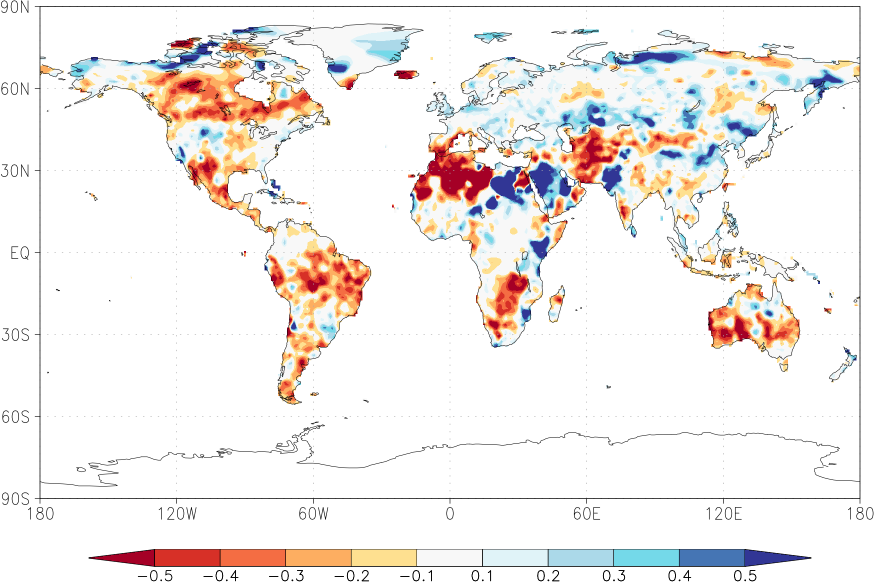Welcome to Climate Explorer
Please read To tackle increasing web traffic from spambots blocking the server for legitimate users, we are asking users to now verify that they are human before using the Climate Explorer. You will only have to do this once for a given computer or network. This is not related to your user ID. Please contact the administrator if you run into problems with this service, or wish to have your IP address manually added to our system.
The KNMI Climate Explorer is a tool to investigate the climate. Start by selecting a class of climate data from the right-hand menu's (Select a time series or Select a field). After you have selected the climate data of interest, you will be able to investigate it, correlate it to other data, and generate derived data from it.
Some restrictions are in force: the site does not remember how you filled out the forms, you cannot define your own indices, nor upload data into the Climate Explorer or handle large datasets. If you want to use these features please log in or register.

| News | |
|---|---|
| 30-oct-2025 | Climate Explorer experienced a server issue this morning. The issue has now been resolved and service has returned to normal. |
| 06-oct-2025 | Add E-OBS 0.1 degree (experimental) |
| 06-oct-2025 | The cluster platform used by the Climate Explorer has been updated |
| 09-sep-2025 | Updated soil moisture from Land Data Assimilation System (FLDAS) up to last month |
| 09-jul-2025 | Climate Explorer has recently undergone maintenance and upgrades to allow future improvemenets. If you encounter any issues with the site, please report them to the administrator. |
| 26-may-2025 | Updated E-OBS to version 31 (30 for global radiation) |
| more... | |
